The concept of a smart home has been around for quite some time now, and it continues to evolve rapidly. Home automation technology has transformed the way we live, offering convenience, security, and energy efficiency like never before. In this article, we will explore the latest trends in smart homes, highlighting what’s hot and what’s not in the world of home automation.
Table of Contents
- Introduction
- The Rise of Smart Homes
- The Hottest Smart Home Trends
- The Decline of Certain Smart Home Trends
- The Future of Smart Homes
- Conclusion
- FAQs
Introduction
The idea of a smart home, once a futuristic concept, has now become a reality for many homeowners. Smart home devices and systems have taken center stage in modern living, offering unmatched convenience and control over various aspects of our homes. From automated lighting to voice-controlled virtual assistants, smart homes have captured the imagination of people worldwide.
The Rise of Smart Homes
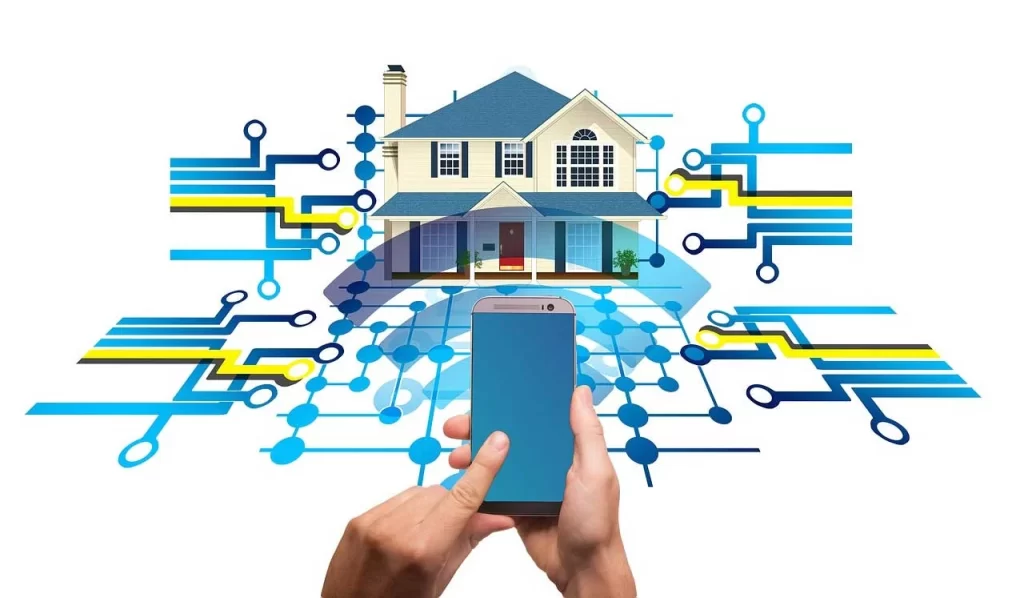
Smart homes have gained immense popularity over the years, thanks to the rapid advancements in technology and the increasing demand for connected living. The ability to control appliances, security systems, and even energy usage remotely has attracted homeowners looking for modern solutions to age-old problems. As smart home technology becomes more accessible and affordable, its presence in households continues to grow.
The Hottest Smart Home Trends
Voice-Activated Virtual Assistants
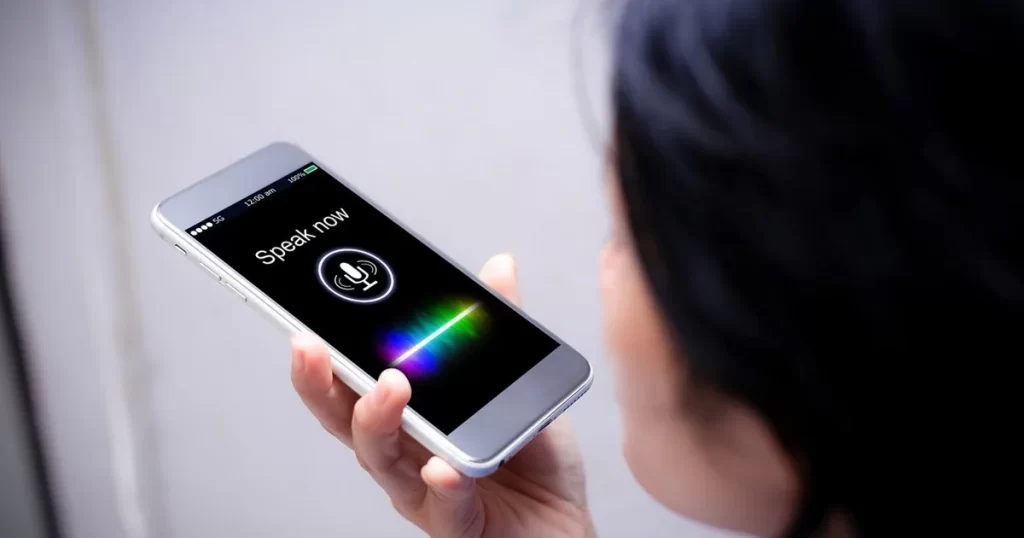
Voice-activated virtual assistants, such as Amazon Alexa and Google Assistant, have become a centerpiece of modern smart homes. These AI-powered companions can perform various tasks, from answering questions and setting reminders to controlling other connected devices through simple voice commands.
Smart Security Systems
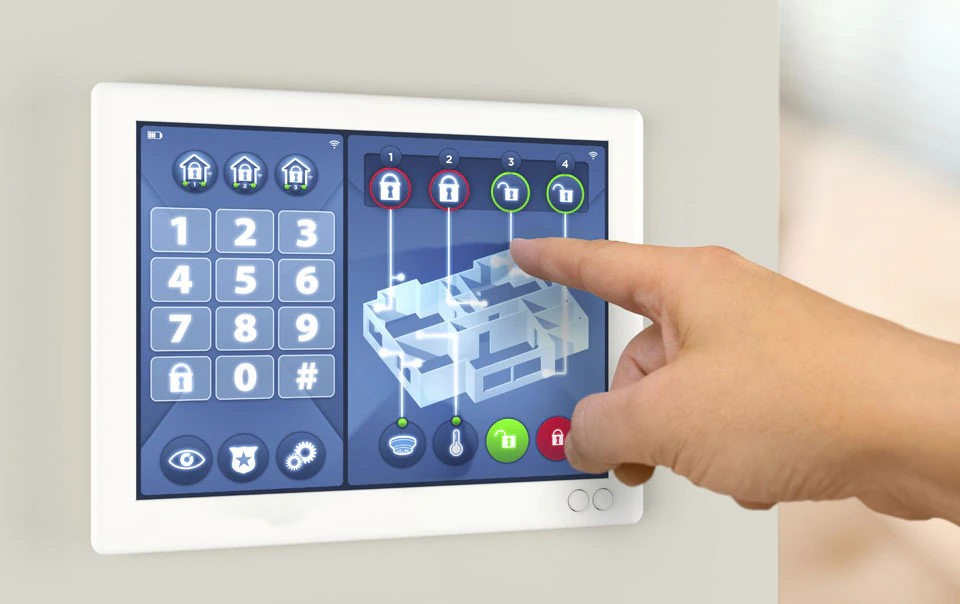
Home security remains a top priority for homeowners, and smart security systems have proven to be incredibly effective in providing peace of mind. These systems offer features like real-time monitoring, motion detection, and remote access, allowing homeowners to keep an eye on their property at all times.
Energy Management Solutions
With growing concerns about energy conservation, smart home solutions for energy management have gained traction. Smart thermostats, for instance, can learn and adapt to homeowners’ schedules, optimizing heating and cooling to save energy and reduce utility costs.
Home Entertainment and Automation
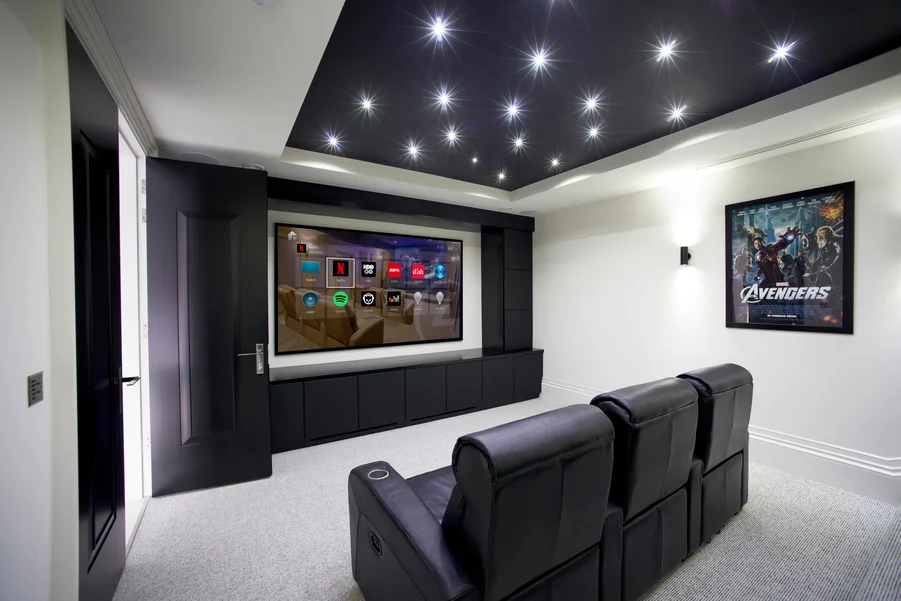
The integration of smart technology in home entertainment has transformed the way we enjoy media. From voice-controlled TVs to automated home theaters, homeowners can now create immersive and convenient entertainment experiences.
Connected Kitchen Appliances
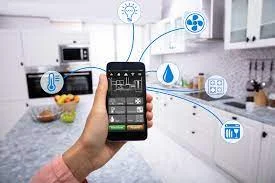
The kitchen is not left behind in the smart home revolution. Connected kitchen appliances, like smart refrigerators and ovens, offer features such as inventory tracking, recipe suggestions, and remote control, making cooking and food management more efficient.
Smart Lighting Innovations

Smart lighting systems continue to evolve with innovations like color-changing bulbs, automated dimming, and synchronized lighting to create ambiance and energy-efficient lighting solutions.
The Decline of Certain Smart Home Trends
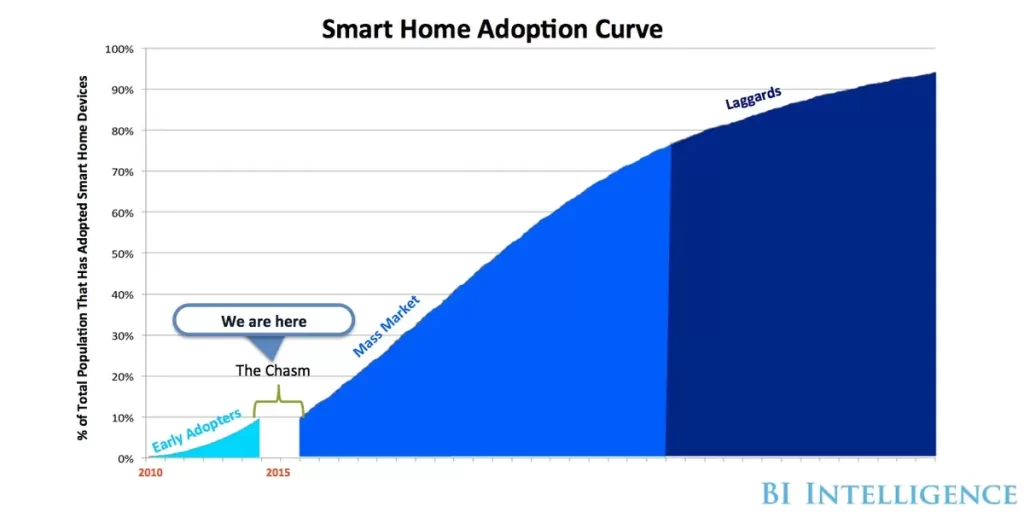
While the smart home industry is thriving, some trends are losing their appeal among consumers.
Overcomplicated Interfaces
Smart home devices with overly complex interfaces and difficult setup processes tend to turn away potential users. Simplicity and user-friendly interfaces are now more preferred.
Incompatible Ecosystems
Incompatibility issues between different smart home devices and ecosystems can be frustrating for users who want a seamless and integrated experience. As consumers seek interoperability, devices that can work together cohesively will be more desirable.
The Future of Smart Homes
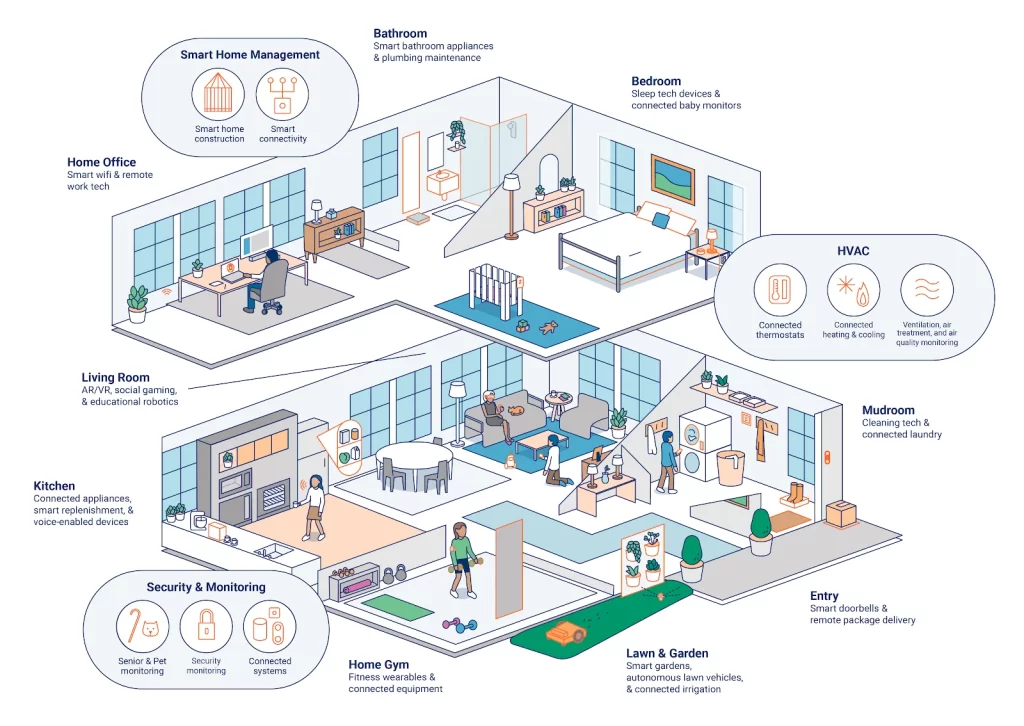
The future of smart homes is undoubtedly promising. As technology continues to advance, we can expect even more innovative solutions that enhance our living spaces further. Integration and interoperability among smart devices from different manufacturers will likely be a significant focus in the future, offering users more flexibility and choice.
Conclusion
Smart homes have come a long way and have become an integral part of modern living. With the ongoing advancements in technology, smart home trends will continue to evolve, providing homeowners with greater comfort, security, and energy efficiency.
FAQs
- Are smart home devices secure from hackers?
Manufacturers are continuously working to enhance security measures in smart home devices. However, users should still take precautions like using strong passwords and keeping software updated. - Can I integrate different smart home devices together?
Yes, many smart home devices are designed to be compatible with one another, allowing users to create a cohesive and interconnected smart home ecosystem. - What is the primary benefit of a smart home?
The primary benefit of a smart home is the convenience it offers by allowing users to control and automate various aspects of their homes through smartphones or voice commands. - Are smart home devices easy to install and set up?
Many smart home devices are designed for easy installation and setup, often requiring minimal technical knowledge. Manufacturers provide user-friendly guides to assist in the process. - Can smart home technology help save on energy costs?
Yes, smart home technology, such as smart thermostats and energy management systems, can help optimize energy usage, leading to potential cost savings on utility bills.



